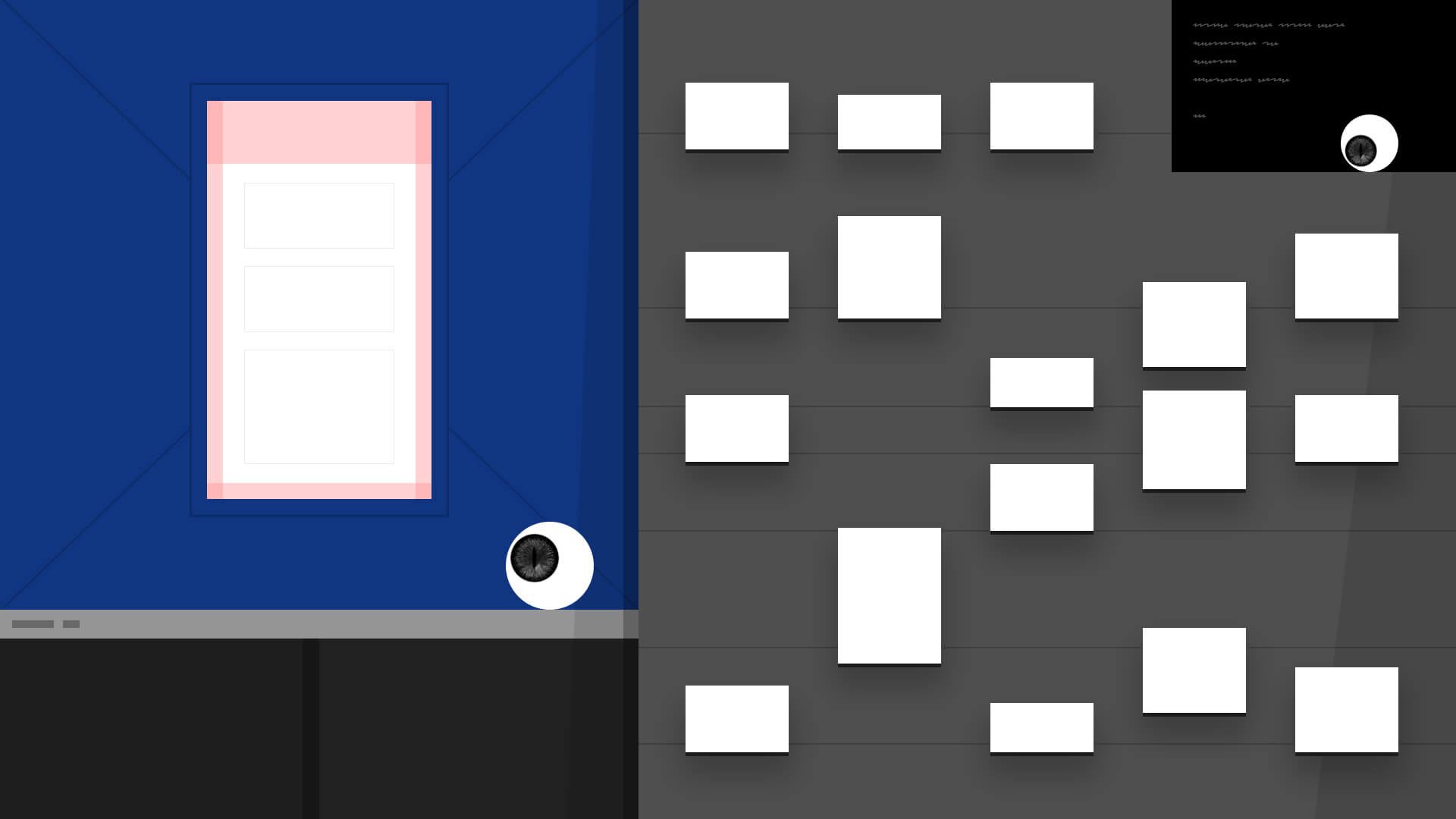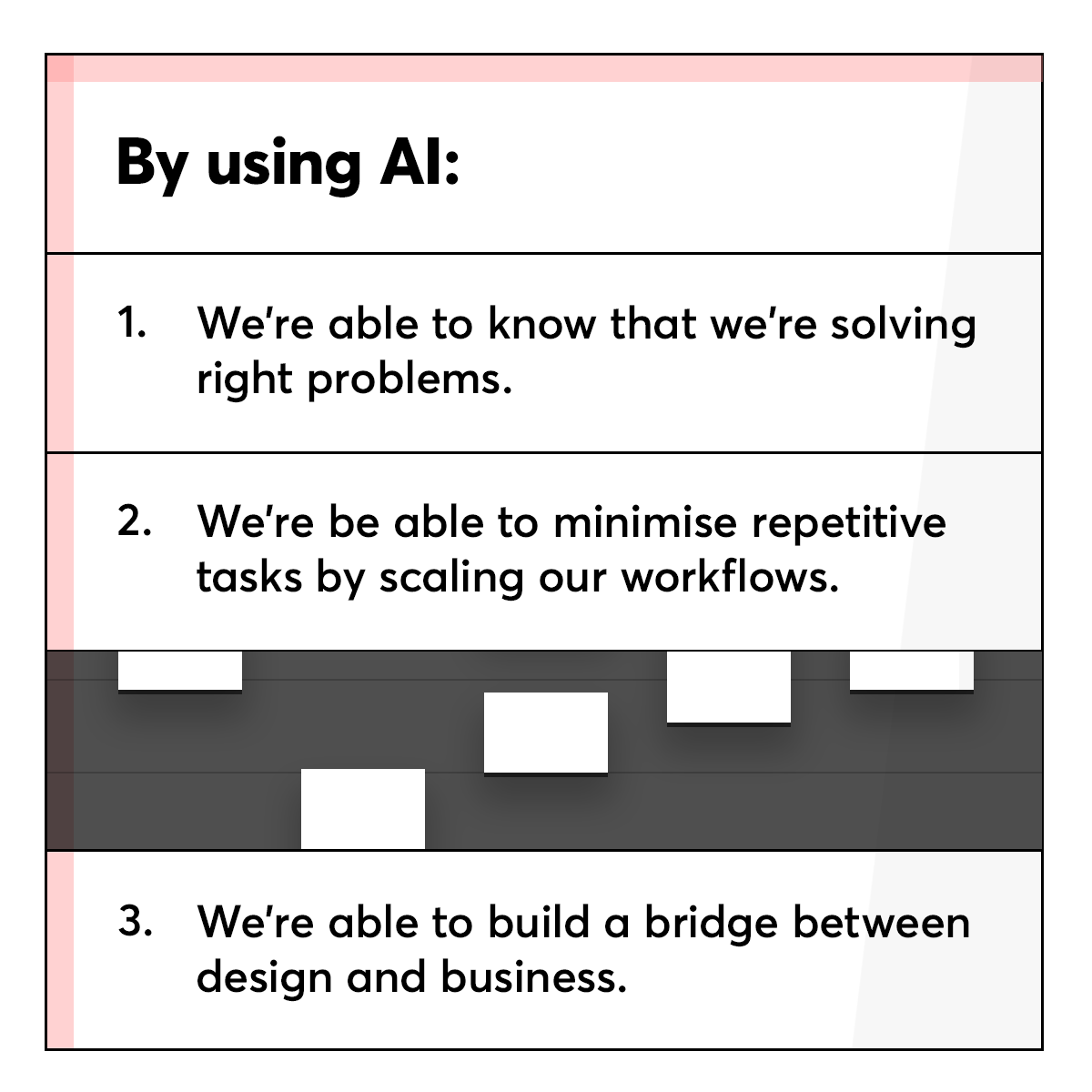When AI met design – from mundane to magical
As discussed in my previous blog entry, artificial intelligence is the talking point of the year in design too. The amount of possibilities and general curiosity around the topic are vast, to say the least. This calls for more lunch dates! This time, I sat down with Niko Reunanen, the Data Science Lead at Hellon. We had a good chat, I tell you.

Creative agencies as a whole, have always been interesting places to work in. Inspiration, ideas, creativity. More often than not, these pieces of puzzle are present when working at a creative agency. If design is your thing, working in the industry rarely gets boring.
But things change. Lately, the amount of data in the world has simply exploded and AI technology is evolving at an exponential rate. It really has been a blast seeing creative agencies take AI and its opportunities seriously. And not just because it’s hip and cool. More than heartless columns and rows in an xls file, this plethora of data becomes tremendously helpful with AI in designing better marketing communications, services and products.
But let’s cut the high-level buzzing and get down to business. As was the case during my last chat with Vilma from Zalando, concrete cases are needed. How can AI help us with design?
I had a lunch chat with Niko Reunanen from the service design agency Hellon. I had to ask him a few things over some delicious salmon the other day.
Hi Niko. Now, after we’ve agreed that your salad is better than my soup, what are the most important themes in AI meeting design?
Hello! Well, first we must be certain that we are actually solving the right problems for our clients and end-users. AI can identify bottlenecks and pain points in design that contribute to their happiness. In the end, AI is a tool we use in our mission. This mission hasn’t changed – creating optimal user experiences for our clients and their end users. AI is an efficient way to listen to people and find out what makes them happy.
The second point is more pragmatic. That of using AI to scale our human workloads. Frankly put, putting AI to work lets us as designers avoid the most repetitive, boring tasks.
Last but not least is the part I like to call “turning soft hard”. This is a matter of translating vague feelings, values and opinions of people into language and metrics that provide concrete insights and benefits to our work and business executives. In the end, while magical, it’s not magic.

Here are three key things how AI supercharges designers to make people and businesses happy. These tips provided by Niko Reunanen.
Fair enough. Let’s turn a soft answer hard. Do you have a concrete use case as an example?
Let’s say we have 50,000 data points based on a bunch of user interviews, for example. How can we find the core points in this mess? Sorting it all out manually requires a huge amount of resources. Well, enter our friend AI. By making AI do the dirty work, we can get to the hard facts – the juicy part. On top of that, AI can also recognize more indirect trends such as the tone of voice in our material.
For designers, other daily and more mundane tasks may include gathering data and examples when working with visual identities and such.
We can ask the AI to go through visual identities of last year for a brand X with some more specific criteria. Pictures that include and/or are somehow related to food, for example. The AI will provide them to the designer in a neat form of, say, screenshots and images with links to the source.
Others design tasks where AI might come in handy include benchmarking competitors. Let’s say we want to know in which public channels has Brand X been visible during the last two months. And AI is glad to help.
Sounds like a personal assistant.
It surely is. And just one of the examples. The crucial part is that we apply AI to handle the endless sea of data and to give useful insight to designers. This makes sense out of the outrageous amount of digital information we live among today. And here, the benefits of AI are limitless.
Thinking about our talk and the framing of data with the friendly help of AI, I started to browse through more case examples.
One of the rare cases I found was a true gem. It’s the AI case of Airbnb’s design team. What these wizards did was create a AI-fueled technology that can read sketches on paper. Not convinced? Well, what if I told you Airbnb’s creations can turn hand-drawn doodles into high-fidelity visual mockups and actual code? Because it does just that. The AI got a few sketches to train itself with. The result is nothing short of amazing.
Don’t believe me? Check out the video:
Yes, this piece of software is superb. But the main thing is the work-oriented philosophy behind it. In design, we should focus on the things that matter. As Benjamin Wilkins, a Design Technologist at Airbnb, puts it: “Testing an idea should require no time at all.”
With a tool like this at the team’s disposal, the designers’ focus can be set on things much greater and interesting than polishing those pesky margins.
Here I, for one, welcome our new AI design overlords.

––
Psst… there’s an event about AI and design coming up this week in Helsinki!
Have you wondered how AI will affect the work of designers? Will AI make the design process easier? Can we apply design thinking to AI development? These topics are discussed in the first ever Dash Design Conference alongside a Saturday brunch.
The event will be organized on Saturday 16.6. at Maria 01 in Helsinki downtown. In addition to keynotes and a workshop, they will be serving a small brunch, which is nice.
Check out the Design + AI event on Facebook ›
…and be there!




